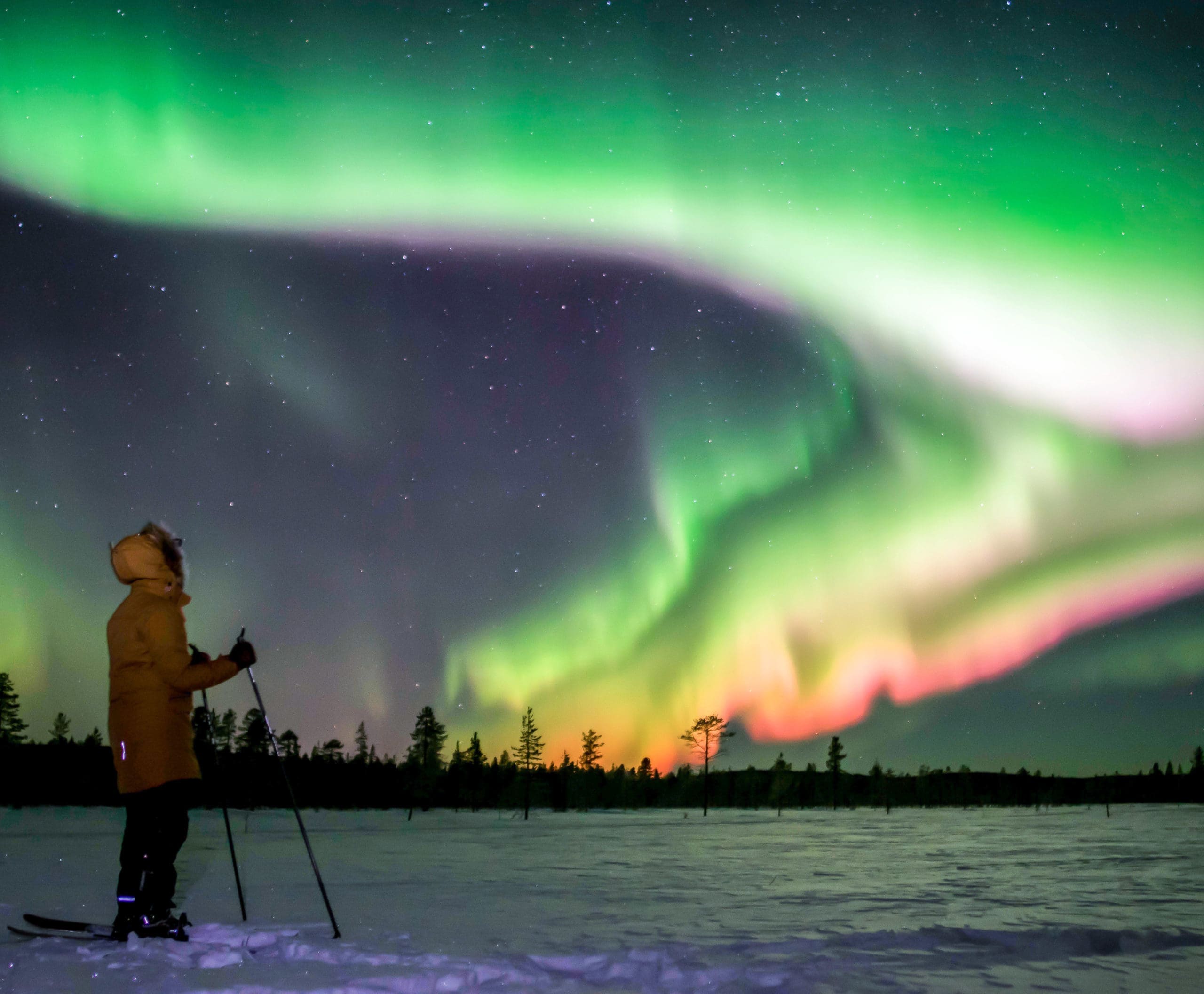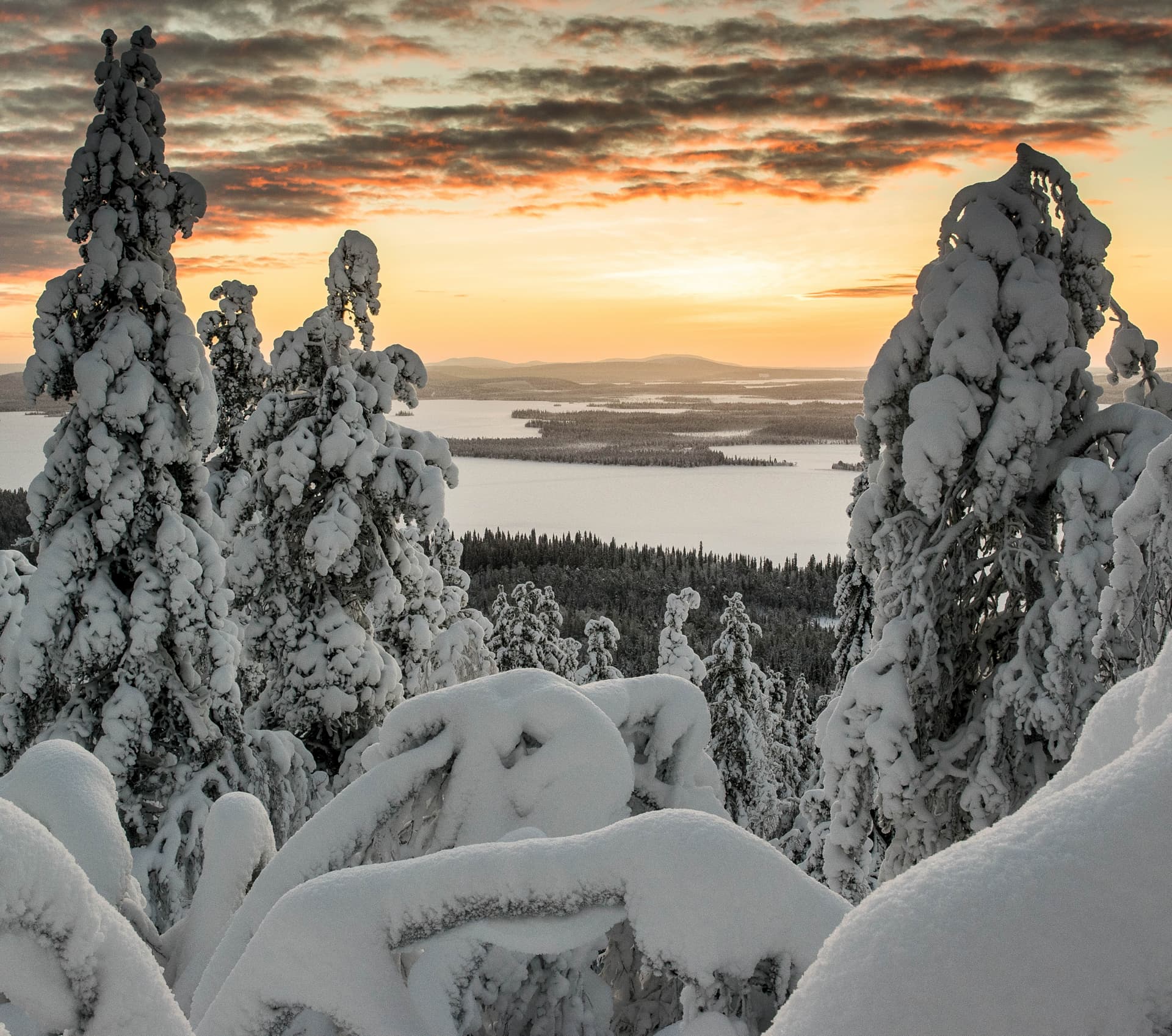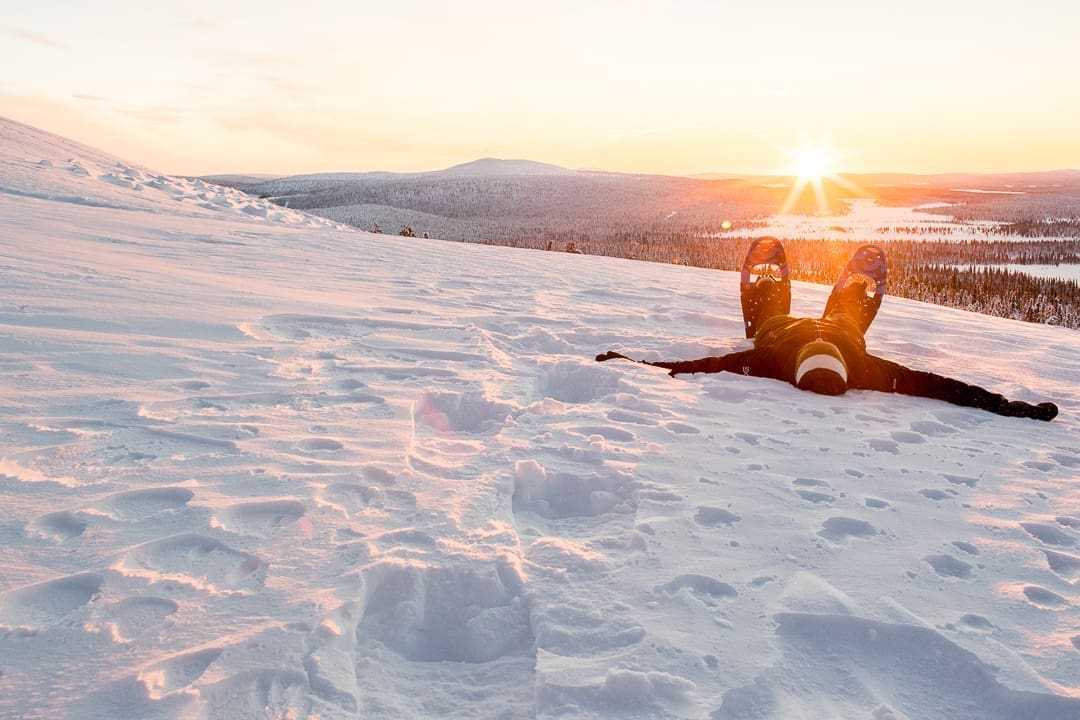Comprender el espesor del hielo
One of the most critical aspects of ice fishing safety is understanding ice thickness. The general rule of thumb is that ice should be at least 4 inches thick to support a person. For snowmobiles and ATVs, the ice should be between 5-7 inches thick. Light cars require at least 8-12 inches, while full-sized trucks need a minimum of 14-16 inches.
Newly formed, clear ice is stronger than older, cloudy ice. Always check the ice thickness in multiple locations. Use an ice auger or a spud bar to measure the ice. Avoid areas with moving water, such as rivers or streams, as the ice can be unpredictable and dangerous.
Essential Gear for Safety
Having the right gear can make a significant difference in your safety and comfort while ice fishing. Here are some essential items you should bring:
- Ice Picks: These can help you pull yourself out if you fall through the ice.
- Life Jacket: Wear a life jacket or a floatation suit to increase your chances of survival if you fall into the water.
- Rope: A long rope can be a lifesaver if someone needs to be pulled out of the water.
- First Aid Kit: Always have a basic first aid kit on hand for minor injuries.
Additionally, a whistle can be useful for signaling for help, and a portable phone charger ensures you can call for assistance if needed.
Weather Conditions and Timing
Weather conditions play a crucial role in ice fishing safety. Always check the weather forecast before heading out. Avoid going out during snowstorms or when high winds are expected, as these conditions can make it difficult to see and navigate.
The best time for ice fishing is during stable weather conditions. Early morning and late afternoon are often the most productive times for fishing, but always ensure you have enough daylight to safely return to shore.
Buddy System and Communication
Never go ice fishing alone. The buddy system is essential for safety. Having someone with you can make a significant difference in case of an emergency. Make sure both of you are aware of each other’s location at all times.
Inform someone on land about your plans, including where you will be fishing and when you expect to return. This way, if something goes wrong, someone will know where to look for you.
Emergency Procedures
Knowing what to do in an emergency can save lives. If you or someone else falls through the ice, try to remain calm. Use ice picks to pull yourself out, and once out, roll away from the hole to distribute your weight more evenly.
If someone else falls in, do not run to the hole. Instead, use a rope or a long branch to reach them. Call emergency services immediately and keep the person warm once they are out of the water.
Conclusion
Ice fishing can be a rewarding and enjoyable experience, but safety should always be your top priority. By understanding ice thickness, having the right gear, checking weather conditions, using the buddy system, and knowing emergency procedures, you can ensure a safe and successful ice fishing trip.
At Wildmaker Lapland, we prioritize your safety and enjoyment. Our guided tours are designed to provide you with an authentic and safe ice fishing experience. Join us for an unforgettable adventure in the pristine nature of Lapland.



